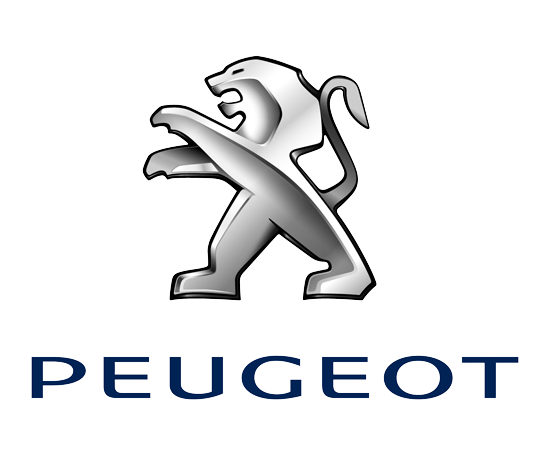User interface design is a critical component of any digital product, as it directly impacts the user experience and ultimately determines the success of the product. Over the years, user interface design has evolved significantly, driven by technological advancements and changing user expectations. In this article, we will explore the evolution of user interface design and the role of conversion analytics within KU9, a cutting-edge software platform.
1. Evolution of User Interface Design User interface design has come a long way since the early days of computing. In the beginning, user interfaces were text-based and required users to input commands manually. The introduction of graphical user interfaces (GUIs) revolutionized the way people interacted with computers, making it more intuitive and user-friendly.
With the rise of mobile devices and touch screens, user interface design has further evolved to accommodate new interaction paradigms. Today, designers must consider responsive design principles to ensure a seamless experience across different devices and screen sizes. The trend towards minimalistic and flat design has also gained popularity, focusing on simplicity and ease of use.
The evolution of user interface design has been driven by advancements in technology, such as artificial intelligence, voice recognition, and augmented reality. These technologies have enabled new ways of interacting with digital products, opening up a world of possibilities for designers to explore.
2. Importance of Conversion Analytics Conversion analytics play a crucial role in optimizing user interfaces for maximum effectiveness. By analyzing user behavior and interactions with a product, designers can identify pain points and opportunities for improvement. Conversion analytics provide valuable insights into how users navigate a website or app, where they drop off in the conversion funnel, and what actions lead to successful conversions.
With KU9, a sophisticated software platform for user interface design, conversion analytics are integrated seamlessly into the design process. By leveraging data-driven insights, designers can make informed decisions about layout, color schemes, and functionality to improve the user experience and drive conversions.
3. The Role of KU9 in User Interface Evolution KU9 is at the forefront of user interface design, offering a comprehensive set of tools and features to streamline the design process and enhance collaboration KU9. From wireframing and prototyping to user testing and analytics, KU9 provides designers with everything they need to create engaging and effective user interfaces.
One of the key strengths of KU9 is its ability to adapt to the evolving landscape of user interface design. With regular updates and enhancements, KU9 stays ahead of the curve, incorporating the latest trends and technologies to provide designers with a competitive edge.
In conclusion, user interface design continues to evolve, driven by technological advancements and changing user expectations. Conversion analytics play a crucial role in optimizing user interfaces for maximum effectiveness, providing valuable insights into user behavior and interactions. With KU9, designers have access to a powerful platform that enables them to create innovative and engaging user interfaces that drive conversions.


















